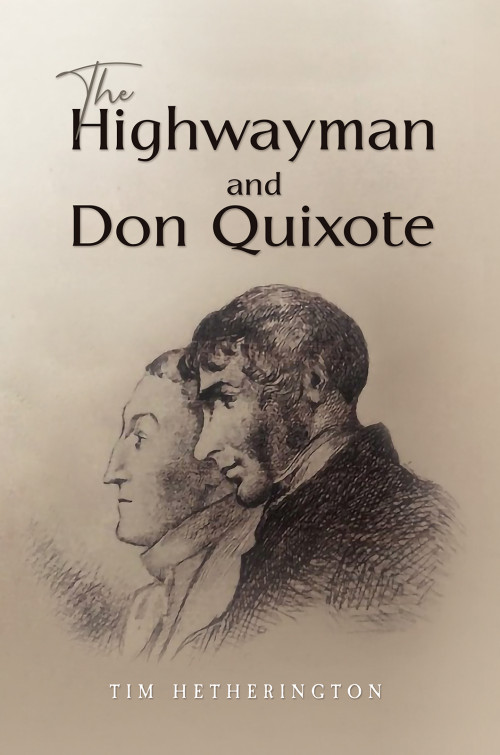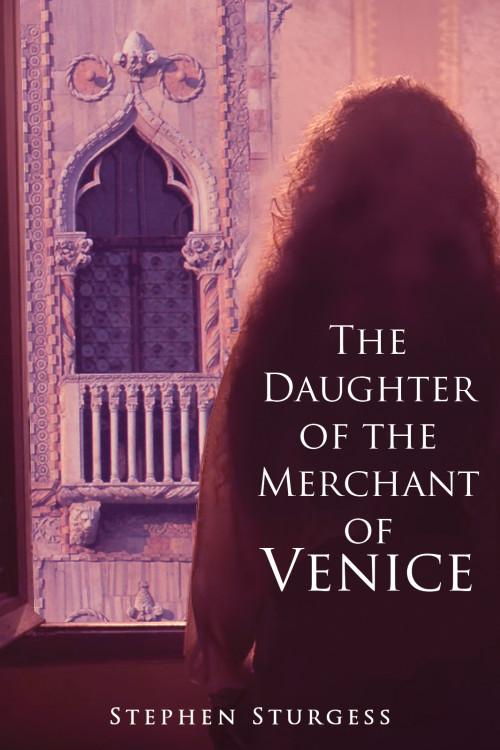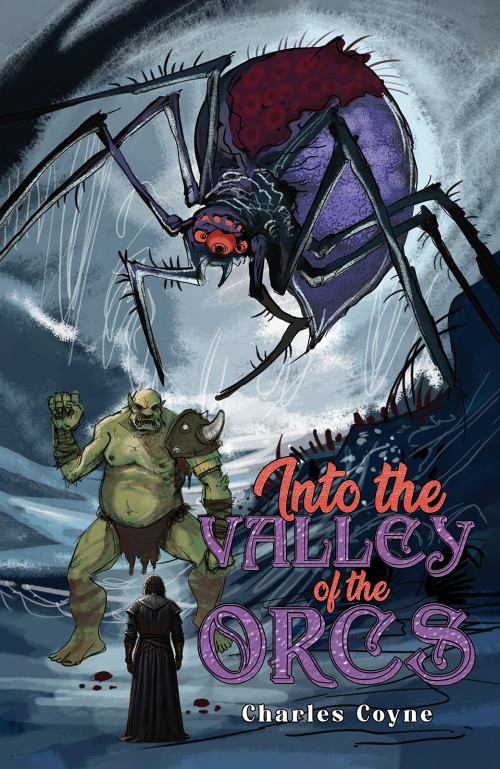Book Description
When my grandmother insisted that the Hetheringtons were descended from a long line of highwaymen who operated in the north of England, I was never quite sure if it was true or merely a product of her vivid imagination. Intrigued by this family legend, I embarked on a journey of discovery, scouring the Internet for any traces of our alleged criminal ancestors.
To my surprise, I stumbled upon the records of William Surtees Hetherington, an ex-miner from Newcastle who served in the Royal Navy before turning to a life of crime. His story took a tragic turn when he was executed for highway robbery in 1821. Could this be the forebear my grandmother spoke of? As I delved deeper into the archives, I uncovered a wealth of historical material that brought William’s tale to life.
A local publisher and campaigner against the death penalty for robbery had written a pamphlet containing first-hand accounts of William Hetherington’s trial and execution. Contemporaneous articles from local newspapers and magazines further enriched the narrative, providing a vivid backdrop for my novel and the basis for the judicial process that sealed William’s fate.
From this point on, I allowed my imagination to take flight. I portrayed William as a dreamer, a trait that seemed to run in our family, and envisioned him acquiring a copy of Don Quixote from a Spanish sailor during his time in the Navy. As a long-time devotee of this classic work, I wove many of its episodes into my description of William’s descent into dreams and hallucinations as he vainly attempted to assuage his guilt over the robberies he and his partner John Wilkinson committed.
Part historical fiction, part family mystery, this novel is a captivating exploration of one man’s struggle against his own demons and the harsh realities of 19th-century justice.











